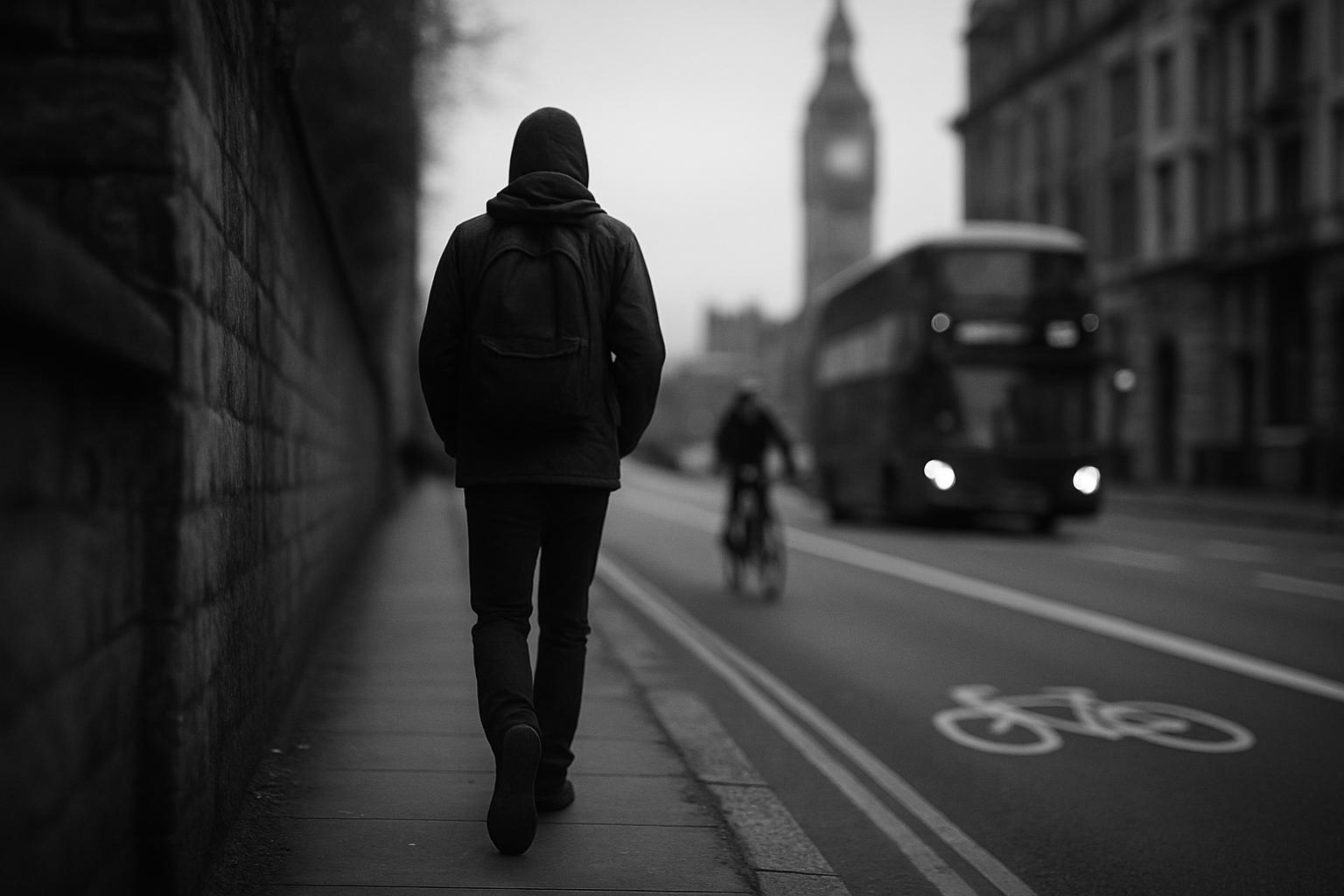Cyclists in London are increasingly asserting themselves on the streets, but the concerning escalation in injuries and outright law-breaking signals a recklessness that threatens pedestrian safety and community wellbeing. Recent Department for Transport figures show a disturbing rise in cycling-related accidents, with 603 incidents involving cyclists injuring civilians in 2024—an increase from the 507 reported in 2023. Even more troubling are the incidents occurring on pavements and at zebra crossings, locations traditionally safe havens for pedestrians, which saw a 9% jump to 321 cases last year. Tragically, two pedestrians lost their lives in these collisions in 2024, stark evidence of the mounting toll of cyclist misconduct.
Alarmingly, many cyclists themselves seem to accept this chaos. A Lime survey reveals that more than half—52%—admit to running red lights, while nearly one in six (16%) do so regularly, with daily cyclists the worst offenders at 58%. Such behaviour is illegal, yet it persists unchecked, putting pedestrians and law-abiding road users at considerable risk. The enforcement disparity in London's busiest districts is glaring: in the City of London alone, 284 cyclists have been fined for red-light running compared to just 25 motorists, yet they face fines of only £50—half that of drivers—and they escape penalty points, rendering enforcement toothless in many cases.
Despite the attempts of City of London Police to clamp down with the Cycle Response Unit issuing nearly a thousand fines and confiscating illegal e-bikes and e-scooters, the problem endures. ITV footage captured eight cyclists running a red light in just one hour on Victoria Embankment, while six cyclists were prosecuted and fined for similar offences last October. These ongoing violations highlight that current measures are insufficient, and without much stronger deterrents, the dangerous behaviour continues unabated.
The surge in cycling, now accounting for around 1.33 million daily journeys across London—a 50% increase over two years—requires tougher action. Public sentiment echoes this need, with 71% of London cyclists supporting harsher penalties for running red lights, acknowledging the gravity of the problem. Campaigns like Lime’s 'Respect the Red' are a step forward, but they remain only part of the solution. The police’s new 'Safer City Streets' initiative aims to target anti-social behaviour and enforce stricter penalties, pushing for higher fines and stricter sanctions to combat the cycle of lawlessness.
Regrettably, a significant portion of cyclists remain unaware or dismissive of the dangers they pose, with 82% recognizing the threat of red-light running but 13% still unaware it's illegal. This disconnect between awareness and action underscores the cultural challenges that cut across enforcement and education. If London is serious about safeguarding its pedestrians, especially as cycling becomes more mainstream, it must adopt a zero-tolerance approach to law-breaking, and its authorities must prioritize public safety over superficial encouragement of sustainable transport.
The message is clear: cycling growth must not come at the expense of pedestrian safety. It is time for London’s authorities to implement meaningful enforcement, strengthen penalties, and promote responsible cycling to ensure streets are truly safe for everyone—before more lives are lost or injured in the reckless pursuit of convenience. This cannot be achieved through slogans and token actions alone; a firm stance and clear accountability are essential to restore order and safety to London’s streets.
Source: Noah Wire Services
